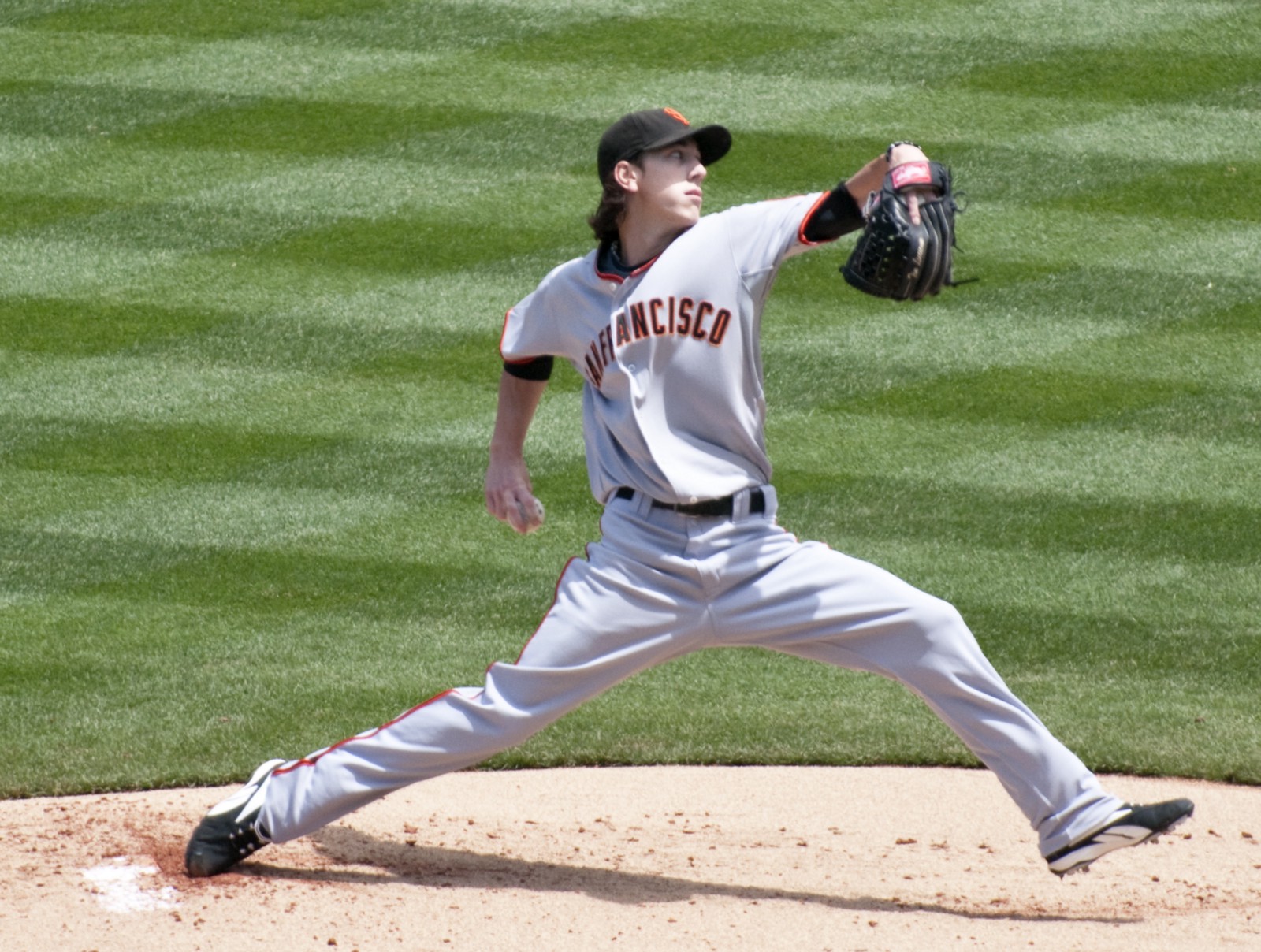Tim Lincecum is Joe Blanton

The Rangers have officially signed Tim Lincecum to a major league contract, stating from the start that he would not be a starting pitcher for them and would instead contend for a spot in the bullpen. Lincecum stated before his tryout that he would strongly prefer a starting pitcher role, he is likely very excited by the opportunity to resurrect his career as a reliever. The Rangers have made an inexpensive acquisition that could turn out to be an important piece for them. Skeptics of the Lincecum bullpen experiment need only look to another recent starter turned reliever in Joe Blanton.
While the wheels came off for Blanton last year with the Nationals, he put together 3 solid years out of the bullpen, most notably in 2016 with the Dodgers during their deep playoff run. Ranger fans should care about Joe Blanton, who remains unsigned this offseason because Blanton was a very similar pitcher in his last full year as a starter in 2013 as Lincecum was in his last full season as a starter in 2015. A stretch as a Joe Blanton reliever will not do much to help the Tim Lincecum Hall of Fame bandwagon, but a quality reliever is a welcome addition to any staff.
Using Bad Fastballs and Sliders
Blanton and Lincecum both have similar pitching repertoires. They serve some combination of fastball, changeup, slider, and curveball (Blanton also has a cutter) to home plate. In their respective final years as starters, both pitchers relied heavily on their fastball: Blanton threw his fastball 49% of the time compared to Lincecum’s 49.8%. Despite their heavy use of the pitch, neither pitcher had a particularly good fastball with both maxing out at about 89 MPH. As expected, Blanton’s fastball gained a couple miles per hour once he moved into the pen, hitting a much more respectable 91MPH in 2016. While Blanton continued to rely on his fastball in the bullpen, the extra MPH he got from the transition clearly made a huge difference for him, and Lincecum could likely see the same result. Lincecum hit 93 MPH during his most recent showcase, so short bullpen appearances could allow him to sit 91-92 as well.
After their fastball, Lincecum and Blanton both relied on their sliders as their primary secondary pitch in their final year as a starter, both using the pitch about 25% of the time at about 82 MPH. Part of Blanton’s success as a reliever was due to his increased use of the slider, using it as often as 32% in a single season. Blanton pitched using primarily his fastball and slider and found success with a harder fastball and a more frequent slider, an approach Lincecum could easily attempt to replicate.
Groundball and Strikeout Pitchers
Both Blanton and Lincecum were groundball pitchers in their final years as starting pitchers. In fact, they both had an identical groundball percentage of 44.3%. Generating groundballs is valuable for any kind of pitcher, but it is especially important for relievers. Giving up a home run in a close game in the 7th inning is much more damaging to a team’s odds of winning than a home run in the early innings from a starter.
Neither Blanton nor Lincecum were dominant strikeout pitchers before their imposed transition to the bullpen, but both did post decent strikeout numbers at about 18%, which is basically average. As a reliever, Blanton’s strikeout rate grew to over 25% in 2016 making him a really good strikeout pitcher which, when combined with his groundball rate, made him a bonafide weapon out of the bullpen. If Lincecum can find a similar spike in strikeout rate coming out of the pen for the Rangers and we could be seeing the next career rebirth of a starter turned reliever.
One big difference of note is walk rate. Lincecum’s walk rate in 2015 was 11.4%, which was way higher than Blanton’s last walk rate as a starter in 2013 of 5.6%. Lincecum’s career walk rate is notably higher than Blanton’s, so this is an adjustment that Lincecum will have to make if he is going to be successful as a reliever.
The Year Off
Finally, there are parallels with each pitcher’s circituitous route to their bullpen role. Each pitched a wholly ineffective year for the Angels prior to taking a year away from the Majors. That wholly ineffective yer for the Angels also happened to be each pitcher’s age-32 season, meaning that this bullpen success could/did start in their age-34 stroll.
The Rangers have taken a low-cost high-reward risk with Lincecum. Having a strong late inning reliever in their bullpen would significantly improve their chances of competing with the world champion Astros and the revamped Angels within their division. Lincecum had a similar profile to recent bullpen conversion success story Joe Blanton in his last year as a starter, and that bodes well for the former Cy Young Award winner, but he will have to seriously cut back on his walk rate by attacking the zone more frequently, which should be a bit easier for him if his fastball gets a tick or two in MPH that one would expect from a starter turned reliever. The AL West is a tough division in 2018. Come September we could be looking back at the Rangers signing Lincecum as a key offseason move that kept the Rangers in contention.












